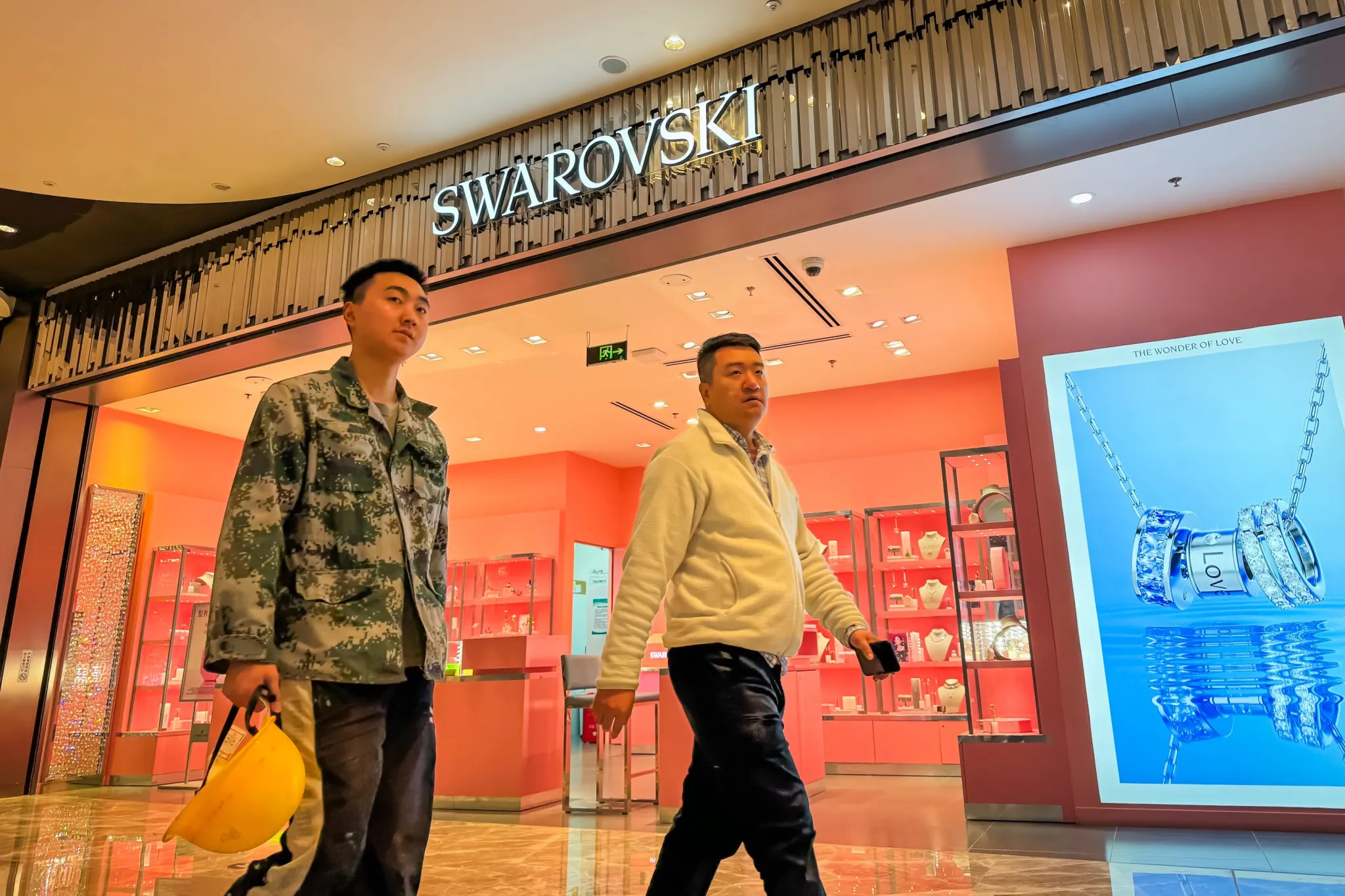OpenAI investors are pushing for Sam Altman’s return, and it could mean changes to the board that fired him
OpenAI investors want Sam Altman back. Like many, they were shocked when the company’s board abruptly fired the high-profile CEO on Friday.
Now, Microsoft, Thrive Capital, Tiger Global Management, and other investors in the ChatGPT maker are working to reinstate Altman, people familiar with the matter told Bloomberg and others. As part of that effort, they also aim to replace the board and are reviewing possible new directors, among them former Salesforce co-CEO Bret Taylor.
Jason Kwon, OpenAI’s chief strategy officer, expressed optimism in a memo obtained by The Information that Altman—and senior staff who resigned in protest at his firing—could be brought back.
OpenAI’s biggest investor by far is Microsoft, which holds significant power over its smaller partner in a number of ways, as Fortune reported earlier today. OpenAI depends on Microsoft for the vast amounts of computing power that its generative AI products require. And while the software giant has committed at least $13 billion to the venture since 2019, committed and delivered are two different things. It’s unclear whether OpenAI could continue as a going concern without Microsoft’s ongoing support.
Tesla CEO Elon Musk, who helped get OpenAI up and running as a nonprofit counterweight to Google in 2015 before the relationship soured, complained earlier this year that OpenAI had morphed into “a closed source, maximum-profit company effectively controlled by Microsoft.” Musk has long warned about the potential dangers of AI, though he now has a ChatGPT rival named Grok.
OpenAI chief technology officer Mira Murati, who joined the company from Tesla in 2018 and helped oversee the deal with Microsoft, told Fortune, “I joined when it was a nonprofit, and then obviously since then we had to evolve—these supercomputers are expensive.” She was named interim CEO after Altman’s ouster.
Also expensive is the OpenAI payroll, with the company holding onto some of world’s top AI talent at a time when the field is booming, thanks to its release of ChatGPT late last year. Ilya Sutskever, the OpenAI cofounder and chief scientist—whom Musk worked hard to recruit from Google in 2015—made nearly $2 million in a year in 2016 and likely makes many times that now.
Sutskever is on the board, and it was he who told Altman about his termination, according to cofounder and president Greg Brockman, who quit in protest of Altman’s firing. Sutskever and Altman disagreed over how quickly OpenAI was commercializing potentially dangerous AI capabilities and on steps needed for public safety, according to Bloomberg.
Altman has told investors that if he does return to OpenAI, he wants a new board and governance structure, according to the Wall Street Journal.
As for how the board was able to oust Altman without consent from major investors—Microsoft CEO Satya Nadella was blindsided by the decision, according to Bloomberg—it comes down to how OpenAI started off and evolved.
While OpenAI began as a nonprofit in 2015, four years later Altman, shortly after starting as CEO, created a commercial arm—which was governed by the nonprofit parent. Altman, unusually for a CEO, but by design, had no equity in the company. That lessened his influence with the board, which, as he frequently noted, had the power to fire him.
To the surprise of many, it did just that on Friday. While the situation remains fluid, Altman might soon return. If he does, the board setup could be in for a change.




